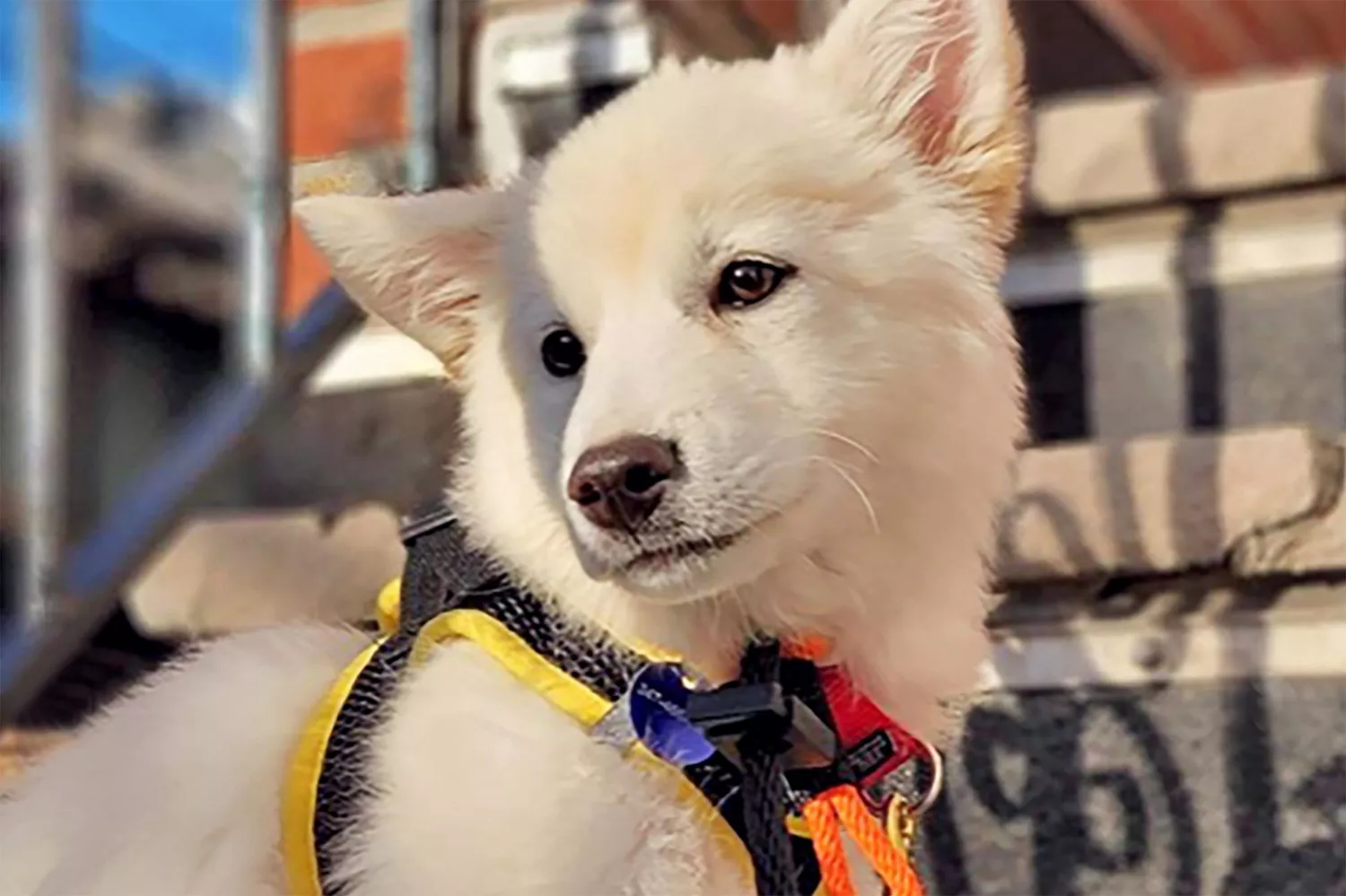
If you’re anything like the editors of Daily Paws, it’s simply part of your DNA to wish to welcome every pet dog you meet on the street with a hearty “Who’s an excellent boy?!” and a pat on the head. However there are some hound/handler groups who work in tandem to perform certain tasks, much of which are important for the security, self-reliance, or mobility of the canine’s owner. Communicating with either the pet or the person can be an unwanted interruption to their day-to-day life.
Here’s why you can’t pet service pet dogs– even if you have the best intentions– and why it’s so essential to provide their space.
Why Can’t You Pet Service Dogs?
Depending on the needs of their owners, service canines– likewise understood as assistance pets– are trained to perform a number of unique tasks to increase the mobility and self-reliance of their human buddy. Guide Dogs of America, a not-for-profit that offers service pets for the visually impaired, veterans with PTSD, and people who are on the autism spectrum, keeps in mind that some of those jobs might even be life saving for their owners.
Service dogs are working animals– when you engage with them, you could be risking the health or wellness of their owner.
What Should You Do Around Service Dogs?
Give them their space. It’s difficult to keep from petting or speaking with an adorable dog– we get it. Remember that these pets have an essential job to do, and try to include your enjoyment so as not to detract from their function helping their owner. While service pets might be well-trained to tune out distractions, it can still make it hard for them to concentrate if you are trying to get their attention through noise, gestures, or by reaching out to touch them.
Second, be courteous. As a dog fan, it’s easy to understand you ‘d want to ask concerns about the service dog, how they’re used, and what their training regiment resembles. A canine with the capability to look both ways before crossing the street or avoid a health emergency situation is The Most Awesome Thing in the World– we agree! However take a time out prior to you ask somebody about their assistance animal. They may not want to talk with every person about their service pet dog’s unique training, or why they have one at all.
How Can You Tell If a Dog is a Service Animal?
There are various kinds of service dogs that are trained to help their owner with different types of tasks. Some service pet dogs help their owners with movement, others assist with hearing or vision, and some are trained to signal their owners of approaching seizures or act as a psychological health instrument for their handler.
Numerous service pets are identifiable by a service dog vest or a type of harness, though that’s not constantly the case. The ADA does not require that service animals use any unique ID tag, vest, or specific harness that would determine them. Additionally, the handler of the service pet dog is not required to have any self-identifying documents that they reach “prove” their canine is a service animal.
The ADA has really clear standards on what is thought about a service dog, and states a service pet “should be trained to take a particular action when needed to assist the individual with a special needs.” This indicates that a service pet is not the same as a psychological support, therapy, convenience, or buddy animal.
When Is It OK to Pet Service or Assistance Dogs?
There might be times when it’s suitable to engage with a service pet dog, though there are a few guidelines to consider prior to heading in for a scratch.
Some service pets in training, including “pup raisers” who help teach support animals standard obedience abilities and how to behave in public before the puppy is put with their recipient, might bring the pet out in public to help socialize them. Haylee Bergeland, CPDT-KA, RBT, Daily Paws animal health and habits editor and the executive director of the Iowa Human-Animal Bond Society, says that in the case of service pet training or socializing, the owner will ask that you approach the pet dog, not the other way around.
” In some scenarios, a handler might request that you communicate with a canine to assist in socialization,” Bergeland says, “but not constantly. Do not presume it’s okay to approach, have fun with, or animal a pet dog even if you understand they’re a service canine in training.”
Bergeland says to also avoid service pets– specifically ones in training– if you have your own pooch with you. “In terms of service pet dogs in training, there is absolutely nothing more disruptive than other dogs,” she states. “Second would be people, and the third is environment.” Unless you are particularly asked to play, family pet, or pay attention to a future assistance dog, steer clear.
Another, more vital time it’s suitable to connect with a service pet dog is if you discover one without their owner. If you discover an ignored service dog, take immediate action as their handler may be in threat. Some service canines are specifically trained to go discover help on behalf of their handler, and might nudge you or bark to get your attention. If this takes place, quick action on your part is required ASAP. Guide Dogs of America states that in this case, you must follow the pet, who is trained to take assistance to their owner. Assess the scenario, and call 9-1-1 if their handler needs medical attention.
Rules to keep in mind When Interacting With a Service Dog:
DO: Give the pet space.
DO: Keep your composure. Do not be loud and jump around.
DO: Ignore the pet dog, even if he attempts to sniff you. Keep in mind, service dogs have a job to do!
DO: Take immediate action if you find an unattended service pet. Their handler may remain in threat and numerous assistance animals are specifically trained to go find assistance.
Correct interaction with a working service pet begins with giving the specifically trained puppies the area they should have. These special pups help keep their people safe, and we owe it to both members of their team– individual and puppy alike– to give them our regard since they have such crucial tasks to do.











